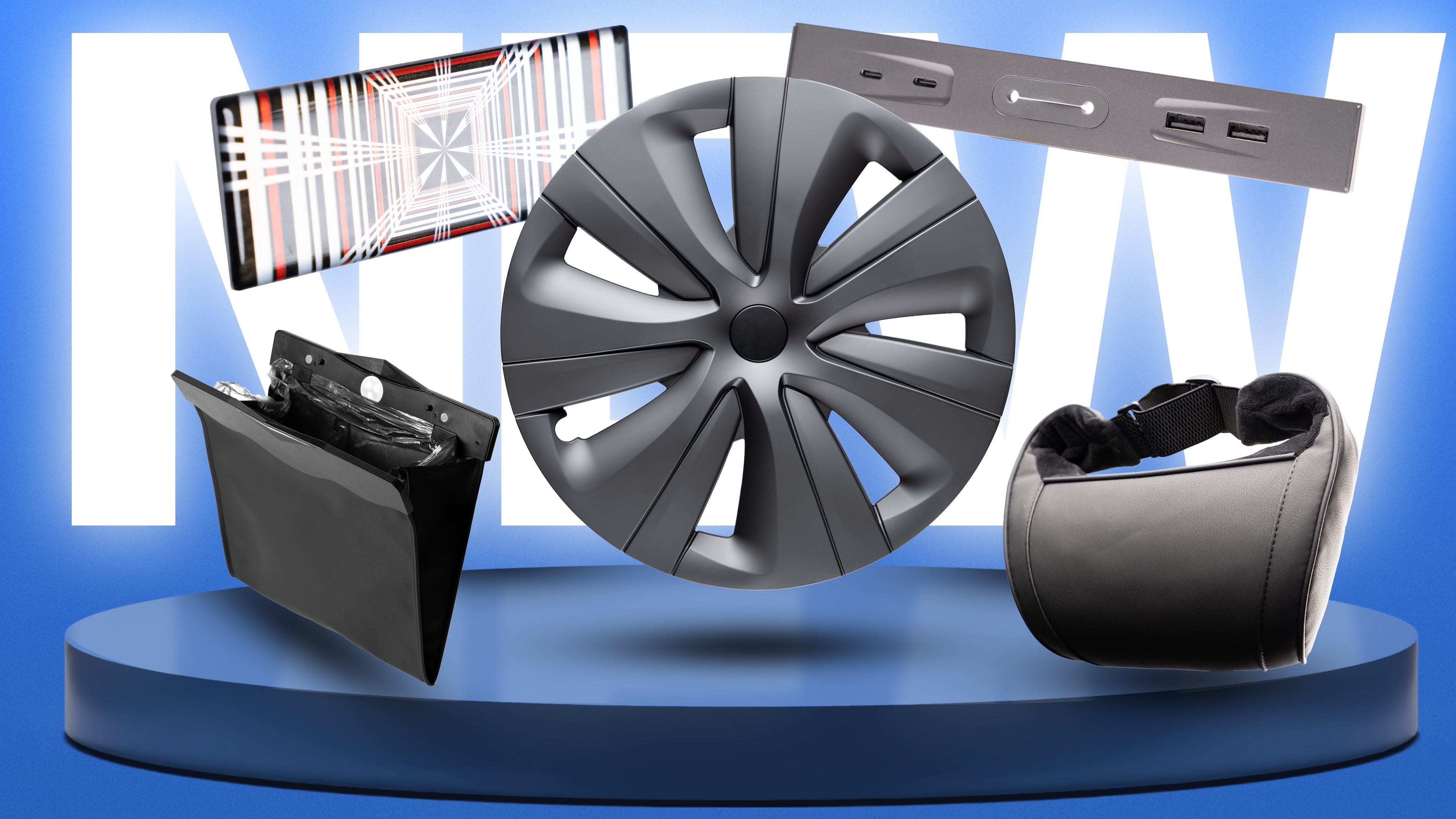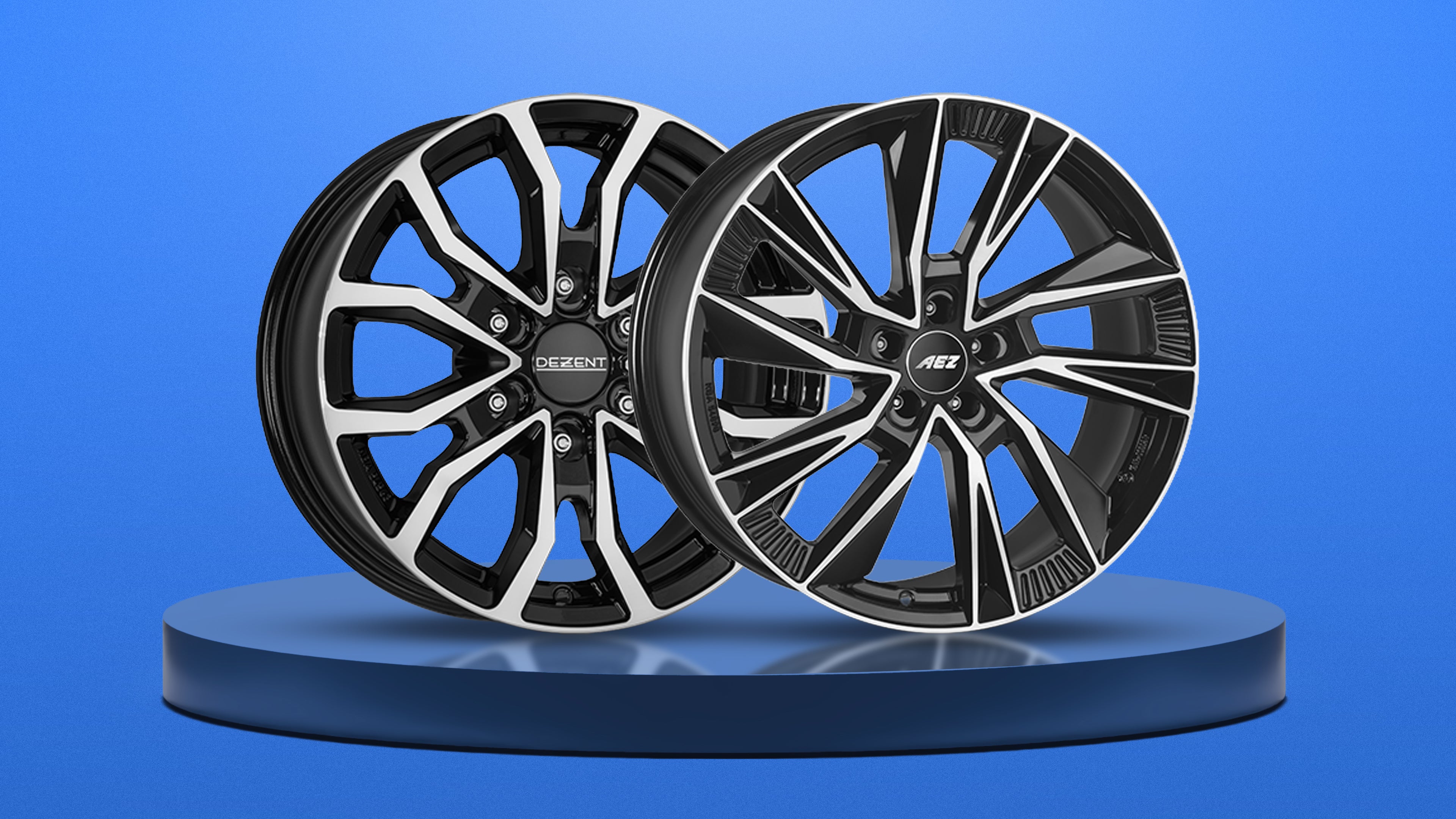The Chinese battery manufacturer CATL, which supplies Tesla among others, is now working on a new cell chemistry that not only does without cobalt and nickel, but also without lithium. Due to the increasing demand for electric cars, battery technology is also developing rapidly. So far, however, there has always been the constant lithium as the material that provides the ions oscillating between the electrodes in the battery. The new material to be used is sodium instead of lithium. Sodium offers the further advantage of good temperature resistance between minus 20 and plus 60 degrees and high fire safety. These batteries should also be characterized by a very good quick charging capability and have a major cost advantage compared to the current rechargeable batteries with lithium. This would benefit many electric cars and reduce the cost of new electric cars. According to the current status, however, sodium batteries offer the disadvantage of storage capacity. However, CATL reports that a patent was filed in January this year to improve the energy density of sodium battery cells to more than 200 W/kg. The company CATL plans to develop a corresponding mass product for electric cars as early as 2023. Basically, every cell chemistry has strengths and weaknesses. The biggest shortcoming of the sodium cell is the energy density. However, one must distinguish between the energy density of individual cells and entire batteries. However, there are many indications that sodium cells can be packed very effectively and densely, if only because they generate less heat. To combine that with the higher energy density of lithium-ion cells, CATL also devised a mixed-cell battery. In the so-called AB battery, the sodium cells are to work in conjunction with lithium-ion cells. The latter are intended to compensate for the low energy density of the sodium cells, which in turn are intended to improve the performance of the battery at low temperatures. Sophisticated control should ensure the right battery management for each cell type.
Your shopping cart is empty
Start shopping

































